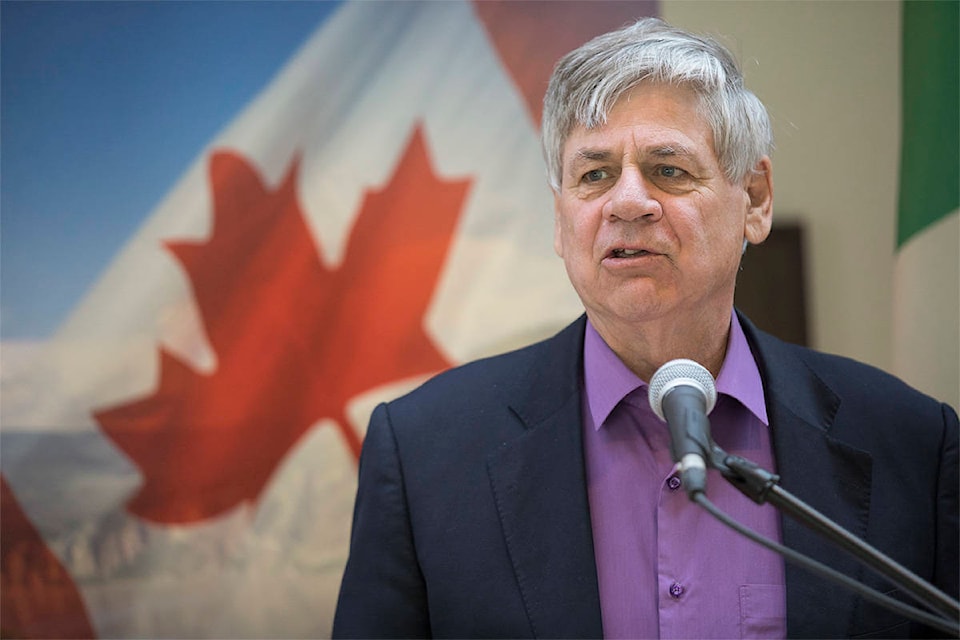The federal government has announced changes to infrastructure funding that will allow more flexibility for provinces and territories affected by COVID-19.
The recent announcement doesn’t include new funding, but it does allow greater flexibility for how the already-announced money is spent.
Yukon MP Larry Bagnell said the territory now has the option to allocate up to $44 million, representing 10 per cent of funds from the Investing in Canada Infrastructure Program, towards projects under a new COVID-19 stream.
Projects under the new stream will be eligible for a cost-share of up to 100 per cent for remote, northern and territorial projects.
“We are extremely pleased with that announcement,” Premier Sandy Silver said.
Silver said existing projects under the Investing in Canada Infrastructure Plan, which was unveiled during the 2017 budget, have been underway over the last few years.
There are 472 projects across the territory, according to Infrastructure Canada. All jurisdictions, including the Yukon, have at least 10 per cent of their total initial allocation remaining.
Possible uses for the new stream mentioned in the release include COVID-19 response infrastructure, upgrades to hospitals, long-term care homes and schools, and investments in energy efficiency or reliability projects.
Active transportation infrastructure, including parks, trails, footbridges, bike lanes and multi-use paths and support for disaster mitigation projects, were also mentioned.
The announcement also includes changes to project eligibility.
Previously, Whitehorse was not eligible for the $400 million Arctic Energy Fund. Silver said the expanded criteria, which now includes the capital under “energy efficiency or reliability projects for communities on established electricity grids” is an important change.
“We did manage to convince the federal government that if their true goal is to reduce carbon emissions, then please work with the communities, identify that the northern communities are different and remote and unique,” Silver said.
“This flexible infrastructure funding will make it easier to invest in safety measures at schools, long-term care facilities and hospitals and to improve our energy security,” Bagnell said in an emailed statement.
Silver said infrastructure funding is important to make sure employment continues during the pandemic.
“There’s still lots of construction happening in Yukon. We’re very happy to see that, we’re happy to see people working, it is extremely important to mental health, being out there and working in the community,” Silver said. “And we’re very happy with the announcement today because we received the flexibility that we’ve been looking for.”
Contact Haley Ritchie at haley.ritchie@yukon-news.com
